|
0 Comments
Various substances can be added to the dyebath to increase the range of colours, or shades of colour obtained from one dye. These are generally known as 'modifiers'. Some dyes are pH sensitive so can be changed by the addition of an acid or an alkali and 'iron water' darkens or 'saddens' a colour. Iron water is easily made by putting rusty nails into a jar and pouring on one-third distilled vinegar and two thirds water. Leave this for a couple of weeks and you get a good brown sludgy liquid. It can be topped up as it is used. But where to find rusty nails? He collects these on his magnetic collar and deposits them onto his cat flap - this is at some personal cost, as once they are there the flap sticks and he can't get in or out!
All parts of yew are poisonous so, rather than dyeing with yew in the kitchen I used an old slow-cooker in the cellar (these work very well whether the dyestuff is poisonous or not!). This dye bath hadn't yielded much colour after simmering for a couple of hours so the twigs were soaked and simmered on and off for 3 days. Lovely warm browns. Again: on silk, basic colour, acid modifier, alkaline, copper and iron.
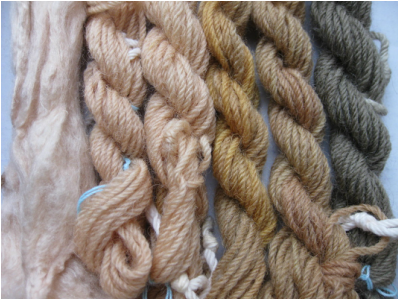 The apple prunings, from left to right: basic colour on silk, basic colour on wool, acid modifier, alkaline modifier, copper mordant, iron modifier. - more on modifiers another day. A mordant is a metal compound which binds the dye colour to the fibre, usually making it brighter and more light and wash fast. Alum is the mordant most widely used by craft dyers nowadays as it is non-toxic, though can be an irritant and should be handled with care. I will include a skein of wool mordanted with copper in each dye bath - a copper modifier could also be used after mordanting with alum and dyeing. On the apple dye, the acid modifier has not made any change, the alkaline one has turned the wool gold, as has the copper mordant (it is brighter than it looks in the photograph) and the iron modified skein is a grey/green. The colour on the skein treated with the alkaline modifier is a bit patchy - probably because there was not enough liquid in the pan for it to move around freely, so parts of the skein have been subjected to more heat than others. Each month, we plan to collect plant material from Winterbourne Botanic Gardens (supplied by the gardeners) and see what colours we can obtain on wool and silk. In January the fruit trees were pruned so apple wood was our first experiment. 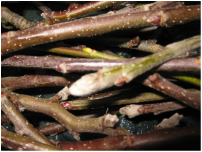 The apple prunings were chopped up and put to soak in cold water for a couple of weeks. Dyeing Day Five of us assembled in the kitchen to see whether the apple wood would release enough dye to colour the fibres and to eat cake (though, obviously not at the same time!) 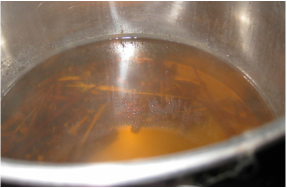 The apple wood releasing its colour into the dyebath The apple wood releasing its colour into the dyebath The apple prunings were heated slowly until it reached boiling point, then simmered for about an hour. The mordanted skeins and silk were added to the dye bath and simmered gently for about 45 minutes. Of the skeins that we dyed, one was labelled as the 'standard' colour, another was put aside to be tested for light fastness, two more will be overdyed with woad and madder later in the year, and three were treated to see if the colour would change with modifiers. Results to follow... |
Archives
December 2015
Categories |

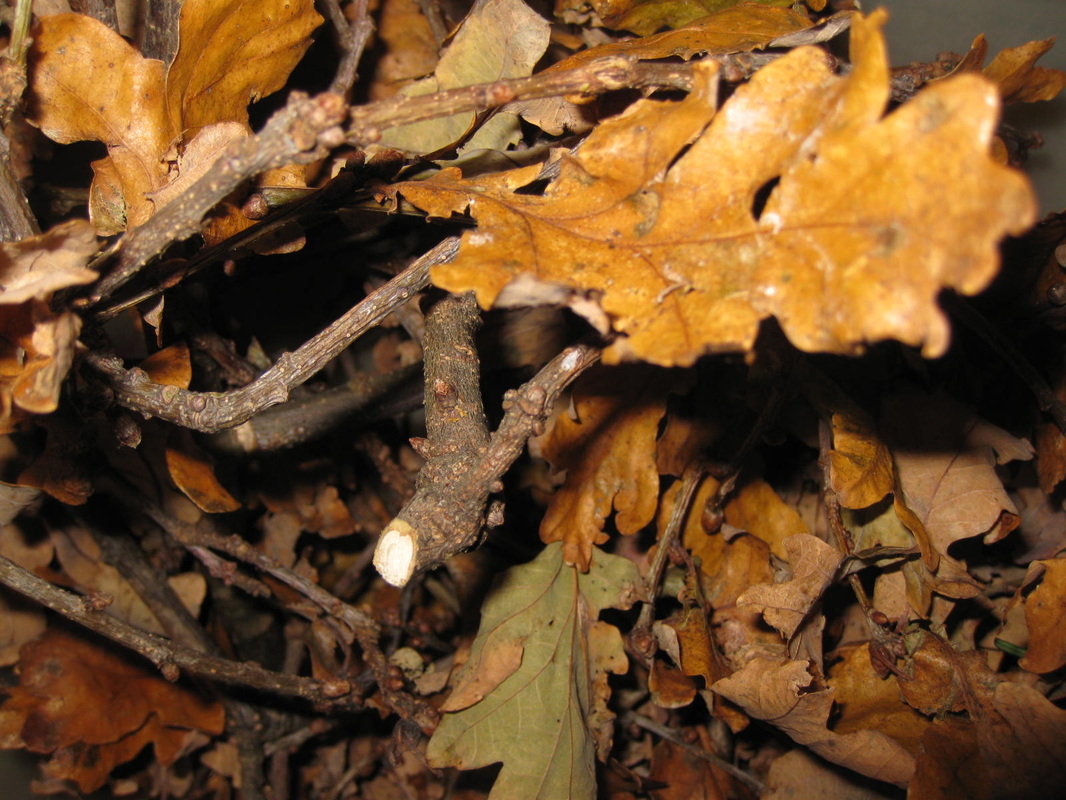

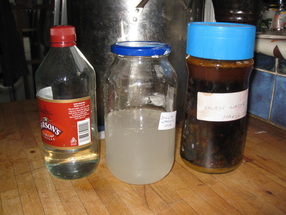
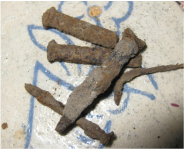
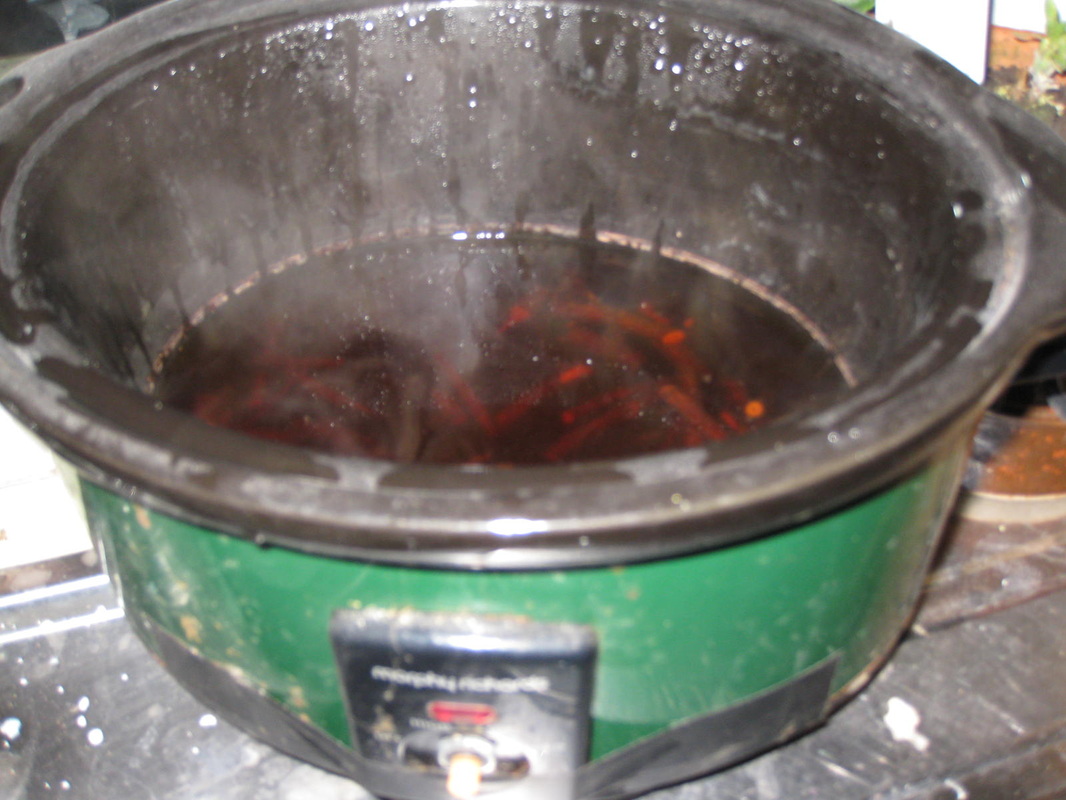
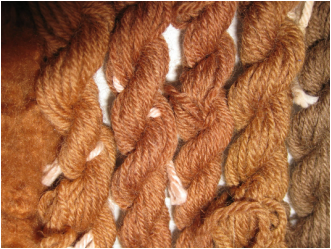
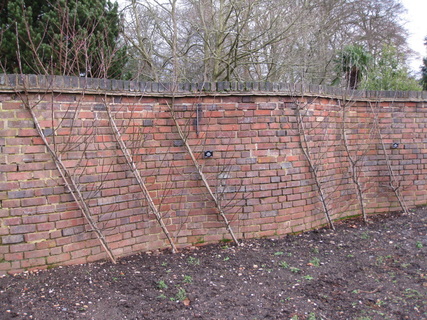
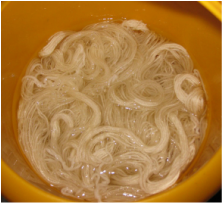
 RSS Feed
RSS Feed
